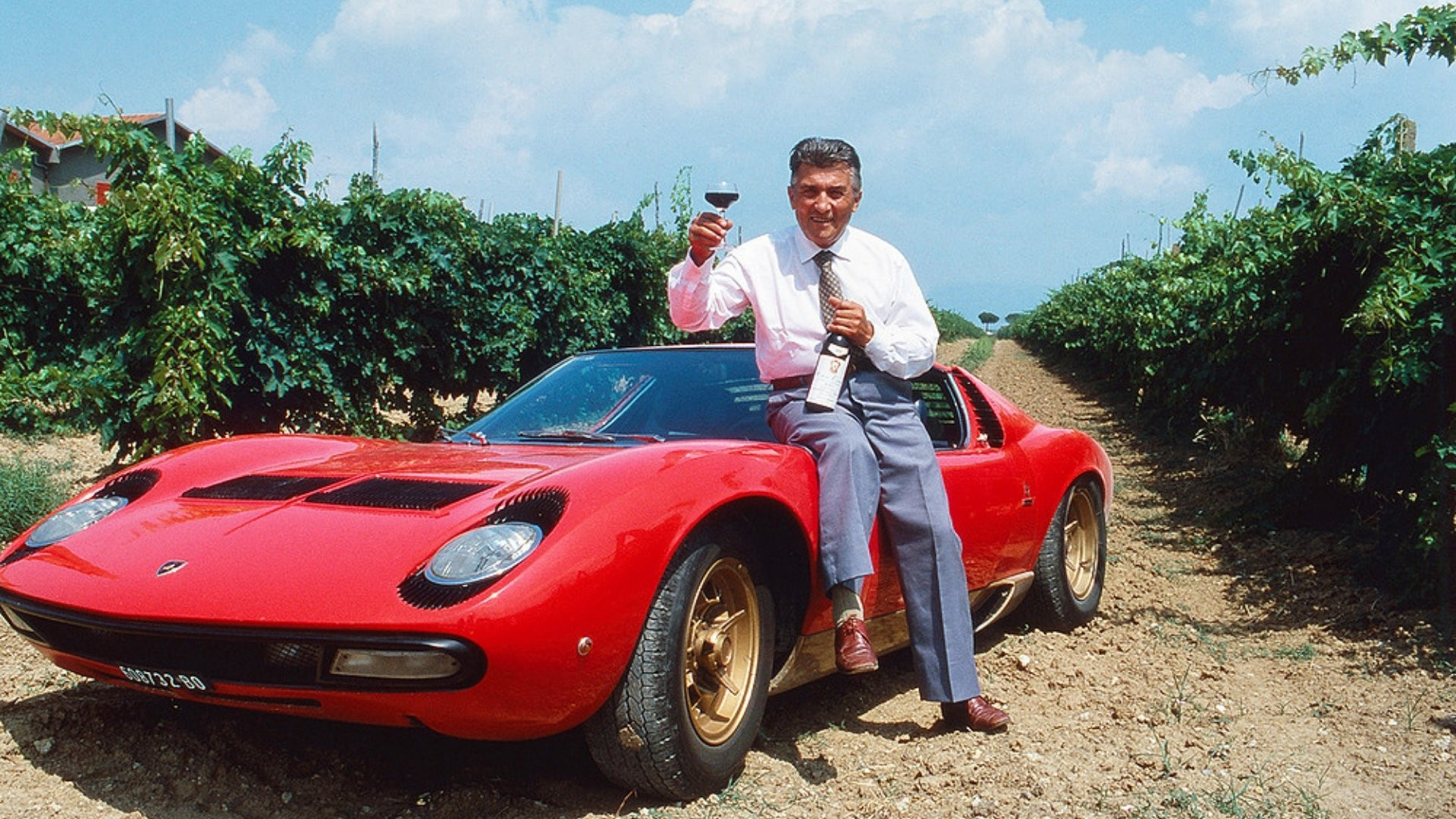
Lamborghini is often associated with excitement and power in the world of cars, but that was not how the company always was. It may be all about noise and speed now a days, but the roots of the company were very different indeed.
Lamborghini Automobili was born as the oeuvre of its Italian founder Ferruccio Lamborghini. Born in 1916, Ferruccio aided as a mechanic in the Italian Royal Air Force during the Second World War before starting a business of building tractors from discarded surplus World War II military hardware. The tractor company was growing at a rapid rate by the mid-1950s and so, Ferruccio Lamborghini expanded his business into construction boilers and air-conditioning systems in 1960, Lamborghini had become one of Italy’s great industrialists.
Excited to read about Ferruccio Lamborghini? Read Here
The success of his companies brought plenty of fortune making Ferruccio Lamborghini one of the wealthiest men in Italy at the time. His interest in cars led him to purchase a fleet of sports cars, one of them being a Ferrari 250GT which started giving him trouble after a while as it was too noisy and rough for proper road cars. This gave Ferruccio Lamborghini the idea to set up his own car company. Lamborghini designed and built his first car in only four months, and unveiled the 350GTV at the 1963 Turin Motor Show. The car got lots of favourable press reviews, but the 350GTV was a one-off, but Lamborghini decided to being on a production model which was called the 350GT. And thus, was established the Automobili Ferruccio Lamborghini S.p.A., in Sant’ Agata Bolognese in May 1963. The 350GT debuted in 1964 at the Geneva Auto Show. It was powered by a de-tuned 270 hp 3.5-litre V12 with a five-speed manual transmission. The 350GT could sprint from 0-100kmh in 6.8s and possessed a top speed of 255kph. The car was very impressive and ahead of its time and only 120 units were made.
Various modifications and alterations made to the 350GT created the 400GT in 1965. An Italian engineer Gian Paulo Dallara tweaked the V12 and increased its displacement to 3.9-litres which gave a power hike to 320hp and 6500 rpm. At the 1966 Geneva Auto Show, Lamborghini unveiled the 400GT that featured 2+2 seating with an altered roofline.
In 1965, Lamborghini’s top three engineers, Gian Paolo Dallara, Paolo Stanzani and Bob Wallace spent their time into developing a prototype named P400. Their vision with this was for it to be a road car with racing pedigree, capable of winning on the track and being driven on the road by enthusiasts. Despite it being the opposite of Ferruccio’s original ‘Grand Touring’ spirit, he allowed it, thinking that the P400 would make a good marketing tool, if nothing more. A version penned by Bertone’s Marcello Gandini debuted at the 1966 Geneva motor show. It was Lamborghini’s first mid-engined two-seater under a different name, and thus began tradition, taking from the toughest and smartest fighting bulls – Miura. It was powered by athwart mounted 350hp 3.9-litre V12 derived from the 400GT. Lamborghini pulled the wraps off the Miura P400S at the 1968 Turin Motor Show, showcasing newly added power windows, optional air-conditioning, bright chrome trim around external windows and power up to 370 hp at 7000 rpm. The last Miura – the Miura SV featured a power of a massive 380hp. In totality, 764 Miuras were manufactured.
In 1969, design house Bertone convinced Lamborghini to let them design a new four-seater. Created by Marcello Gandini was a two-door coupé named Espada. Again, it was powered by the Raging Bull’s trusty 3.9-litre V12 under the bonnet which gave out 325hp and was the first Lamborghini which offered as an optional automatic transmission. A total of 1,217 Espadas were manufactured, making it the most successful Lamborghini model at the time.
The 1973 oil crisis hit like a wrecking ball to sales of high-performance cars, due to which Lamborghini hit hard times. This led Ferruccio to sell 51% of his company, and a year later, he ended up selling the remaining 49% as well. Having broken all ties with cars and tractors that bore his name, Lamborghini retired to an estate in the province of Perugia in central Italy, where he remained until his death in 1993.
Lamborghini grew despite Ferruccio’s retirement. In 1986, Lamborghini launched their first four-wheel-drive vehicle, called the LM002 SUV. It was nicknamed the “Rambo Lambo” for its aggressive style and powerful engine, that is what also made it a success. Equipped with 290-litre fuel tank and 5.2-litre V12. However, in 1993 the production was sealed and only 328 units were made.
One of the most acclaimed cars, the Diablo was launched in January 1990. Once again penned by Marcello Gandini, it was powered by a mid-mounted 5.7-litre 48-valve V12, capable of producing 492hp and accelerating from standstill to 100kph in 4.5s, with a top speed of 325kph. Many facelift models were seen during the following years, but once taken over by the new German company Audi AG, the Diablo was replaced by the Murciélago and very soon it became Lamborghini’s flagship car, styled by Lamborghini’s head of design, Belgian Luc Donckerwolke, the first-generation g.2-litre V12 producing 572hp with a six-speed manual gearbox.
Since being taken over by Audi AG, Lamborghini developed so many outstanding models that we see today such as the Aventador, Huracan, Spyder, Urus, Cayenne and many more that represent the very thing that Lamborghini stands for: extreme fun, large engines, luxury, power and sport. Lamborghini fans can only hope that the company’s imagination is planted firmly in the supercar and hyper car arena only. It is because of concepts like Egoista (2014) and all-electric Terzo Millennio (2017), which makes it highly unlikely to go back to making tractors.

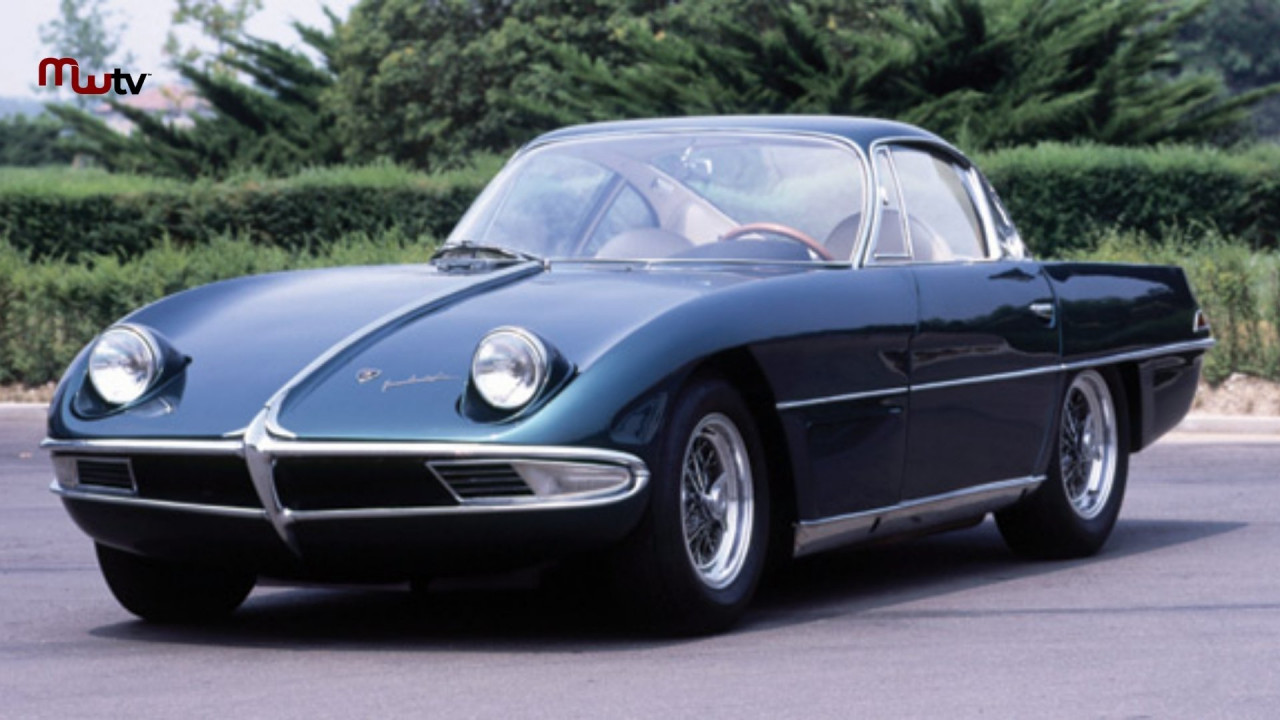
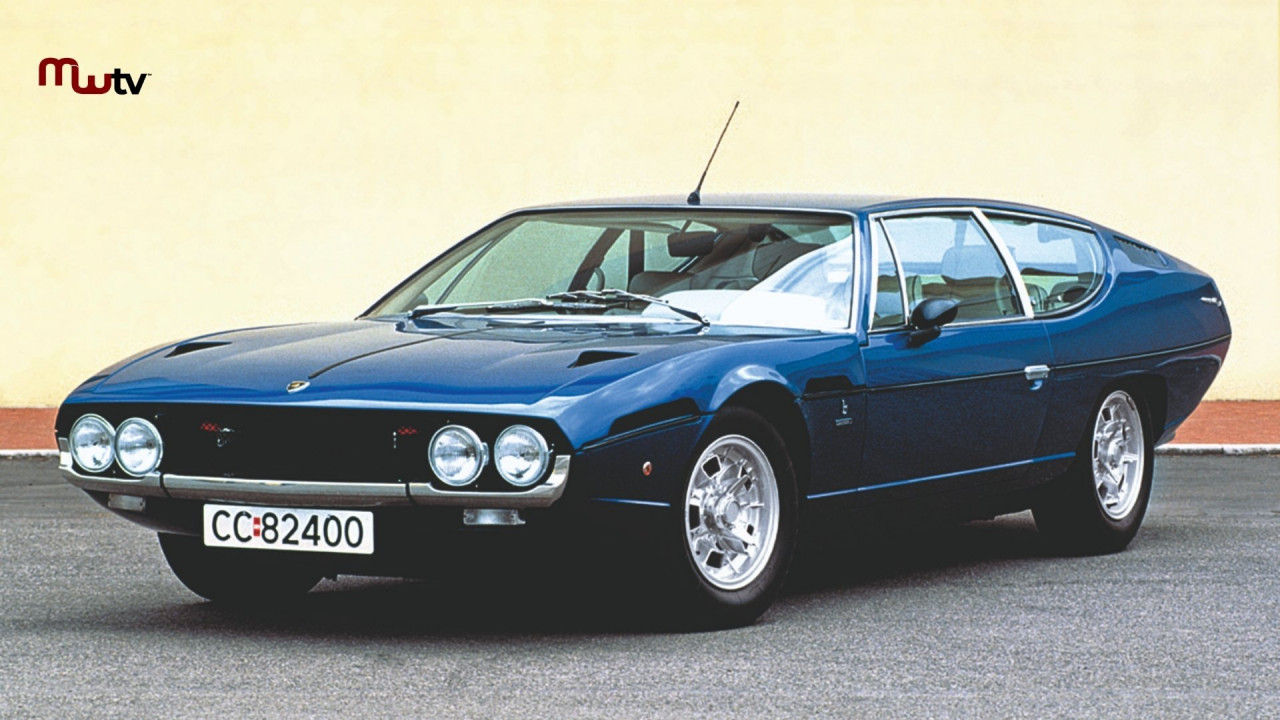
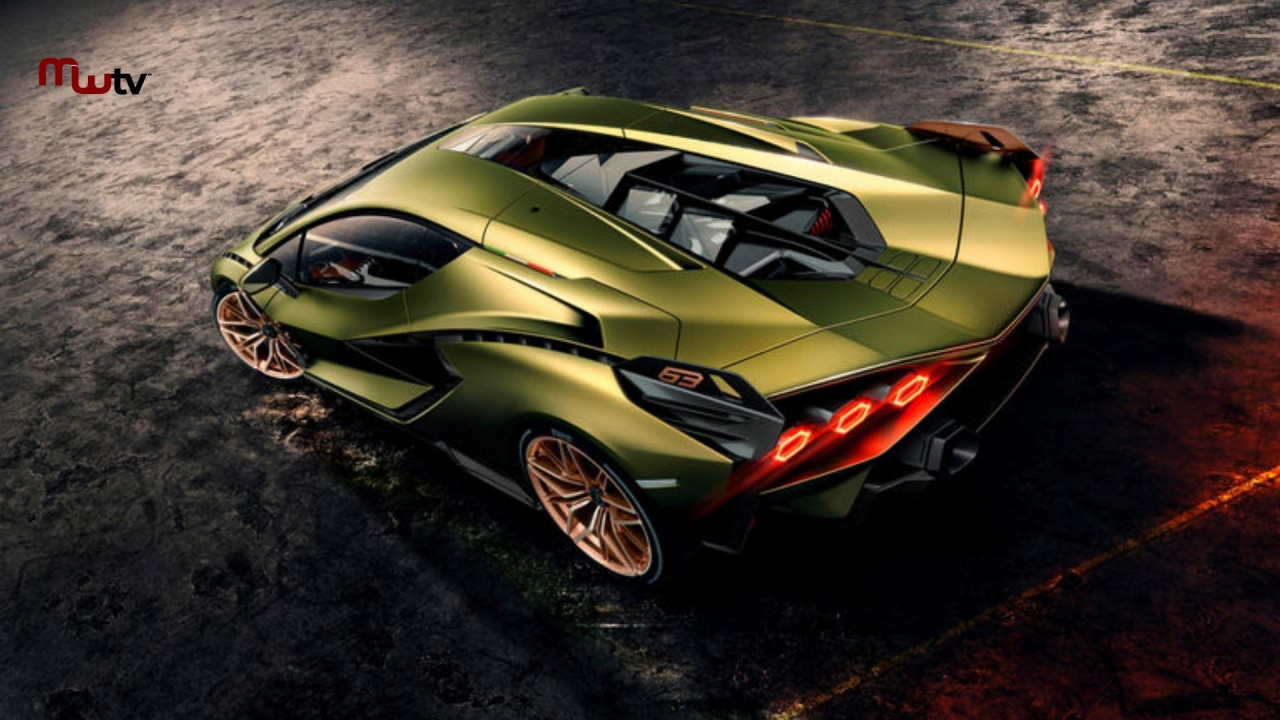



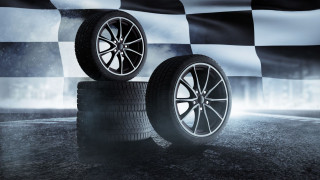

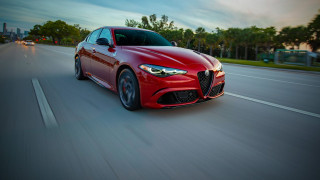

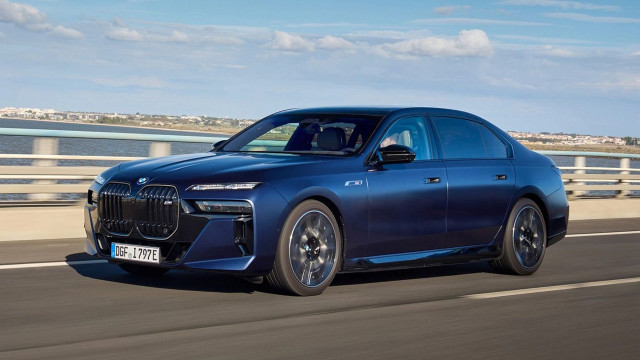

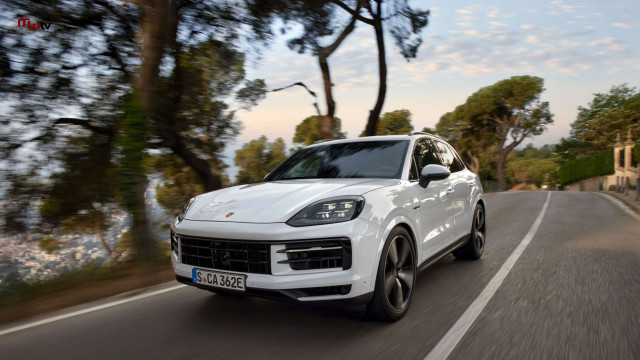
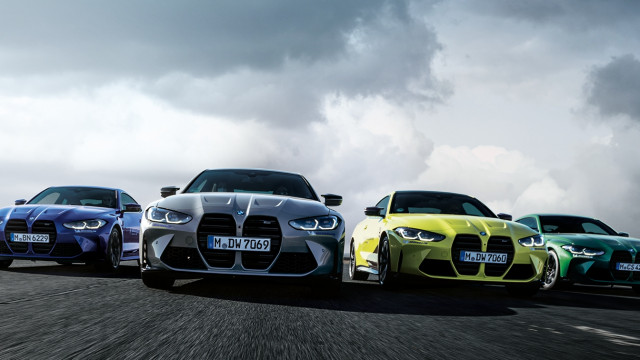
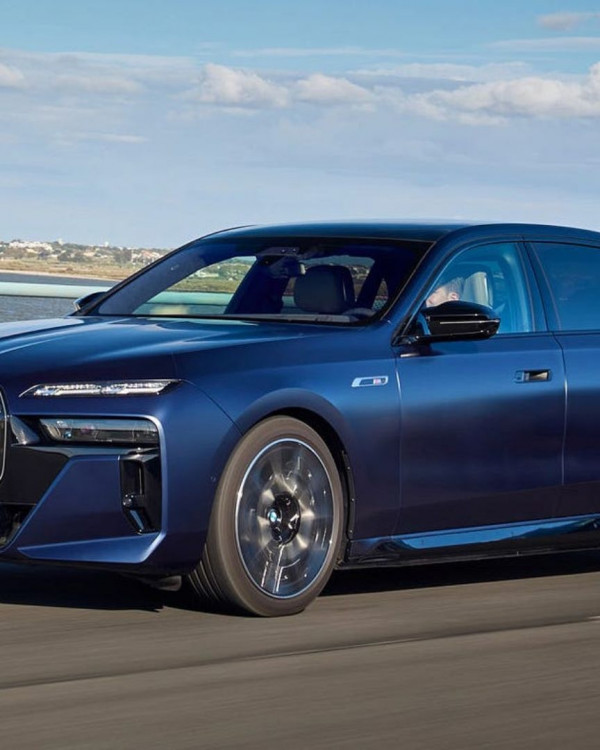
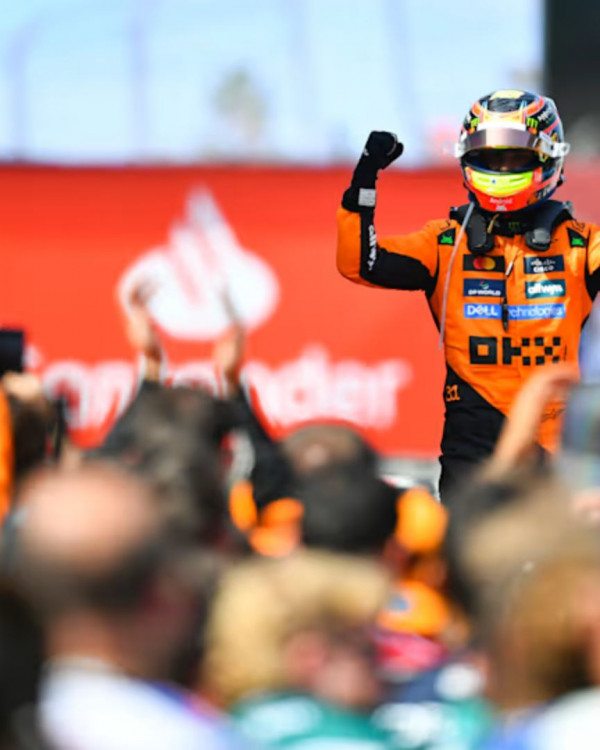


Your comment will be verified by admin before going live